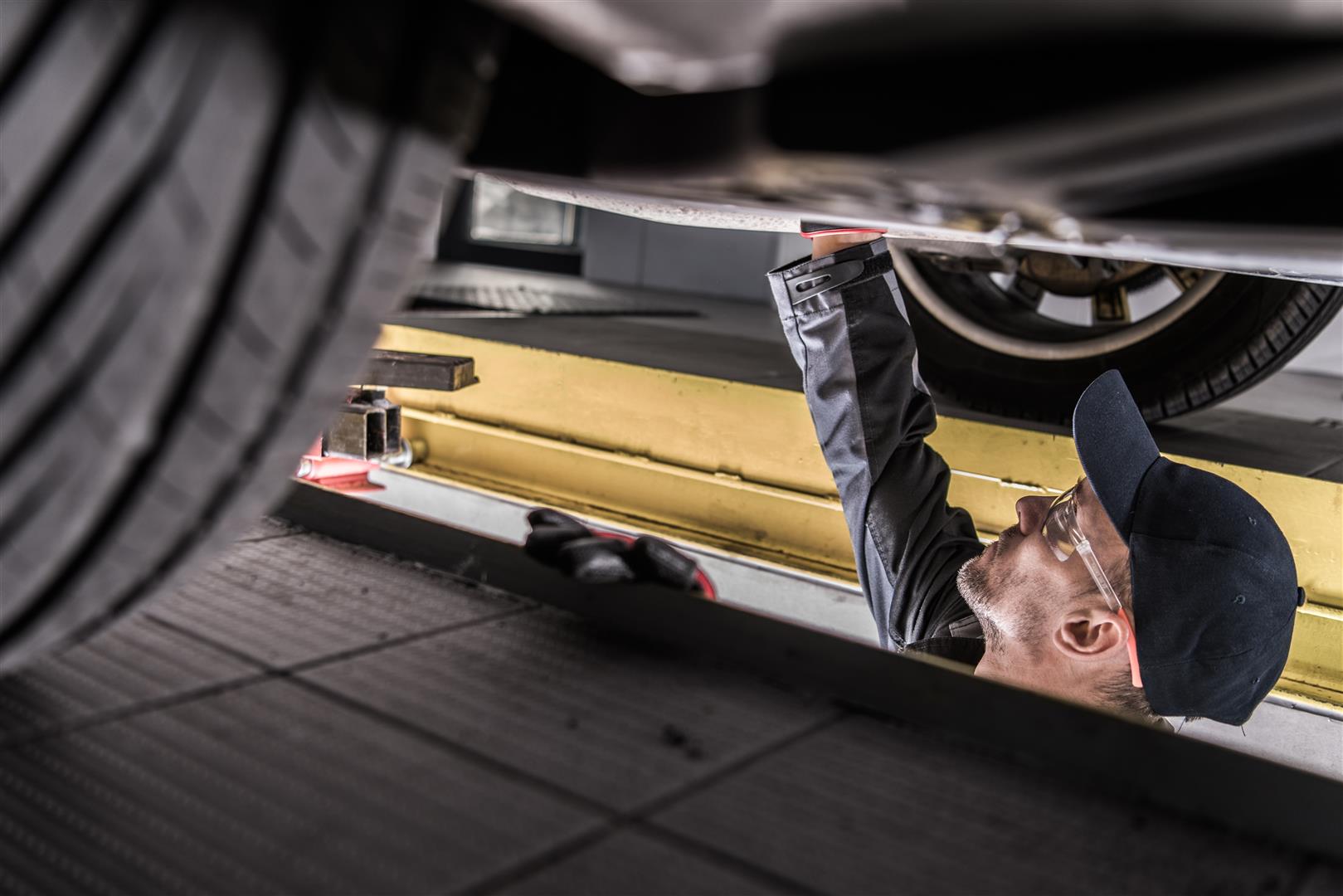
A drivetrain is often the most confusing and underlooked part of the automobile. This problem stems from various factors, including how the term drivetrain often gets confused with driveline and powertrain. The drivetrain is a broad term that comprises major components including the transmission, axles, and wheels. These parts work together to play a major role in propelling your vehicle and controlling torque or turning force.
What Are the Main Parts of A Drivetrain?
- Transmission - Responsible for transferring engine power to the driveshaft.
- Wheels - Structured to support the weight of the vehicle and produce motion to move the vehicle.
- Driveshaft - A steel tube that connects the transmission and wheels
- Universal Joint - A flexible pivot point that is used to transmit rotary motion.
- Constant Velocity Joints - A part of the driveshaft designed to bend in different directions while turning the wheels.
- Differentials - Splits engine power and allows wheels to turn at different RPMs or speeds.
- Axle Shaft - Delivers power from the final drive assembly to move wheels.
Now that you understand some of the vital parts that make up the drivetrain, let’s set the record straight with these terms floating around: drivetrain, driveline, and powertrain.
The powertrain includes every single part involved in helping the vehicle move, including the engine, transmission, and wheels. Whereas, a driveline includes every powertrain component, besides the engine. More importantly, the drivetrain is only referring to the parts involved in the process after the transmission. It excludes the engine and parts in between the engine and the transmission.
Now that you know all the fancy terms related to the drivetrain and transmission, can you put them to the test at your next transmission service? If you are due for transmission service or drivetrain repairs, please do not hesitate to reach out to the experts at Willy’s Transmission & Air Conditioning.